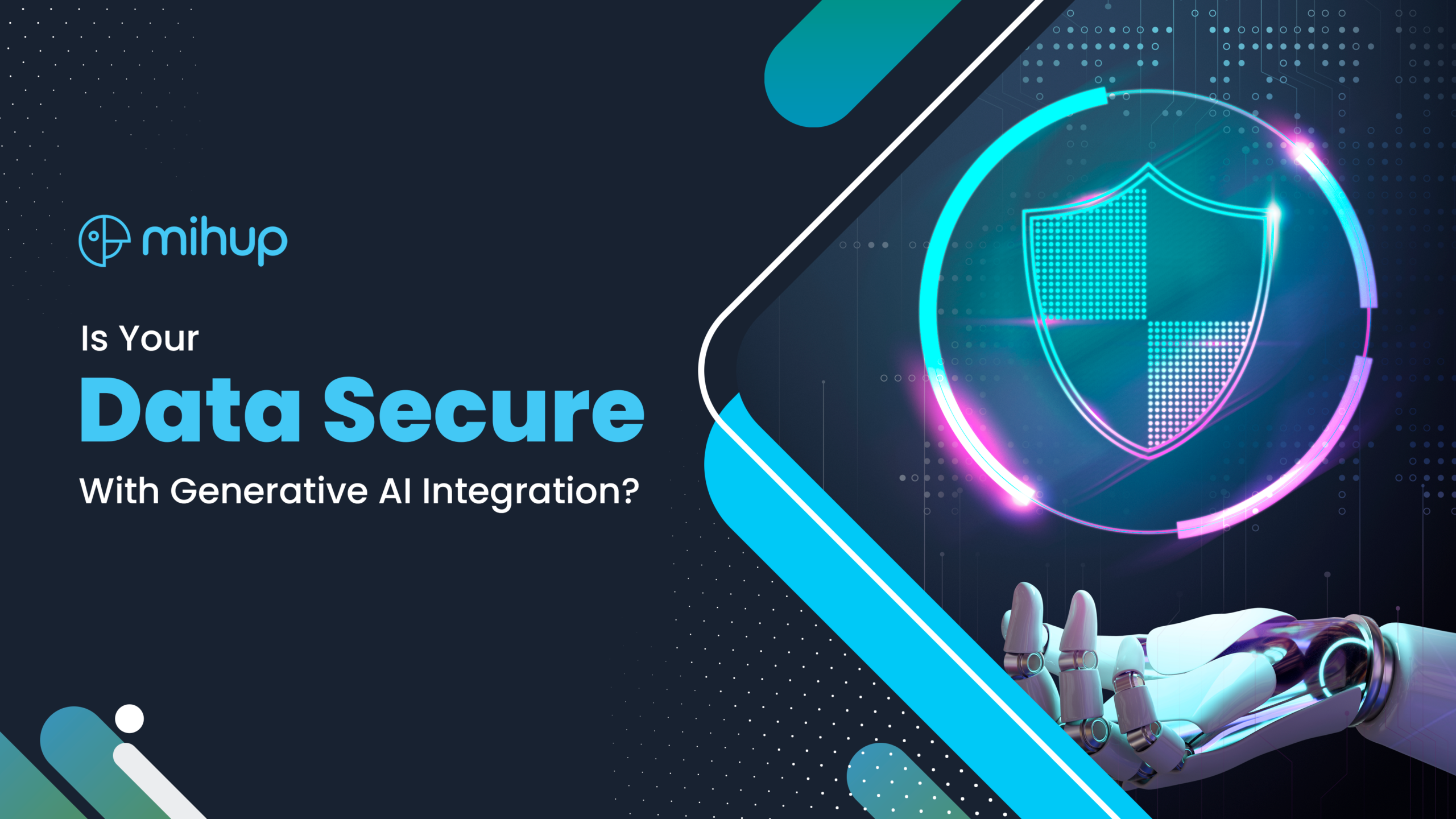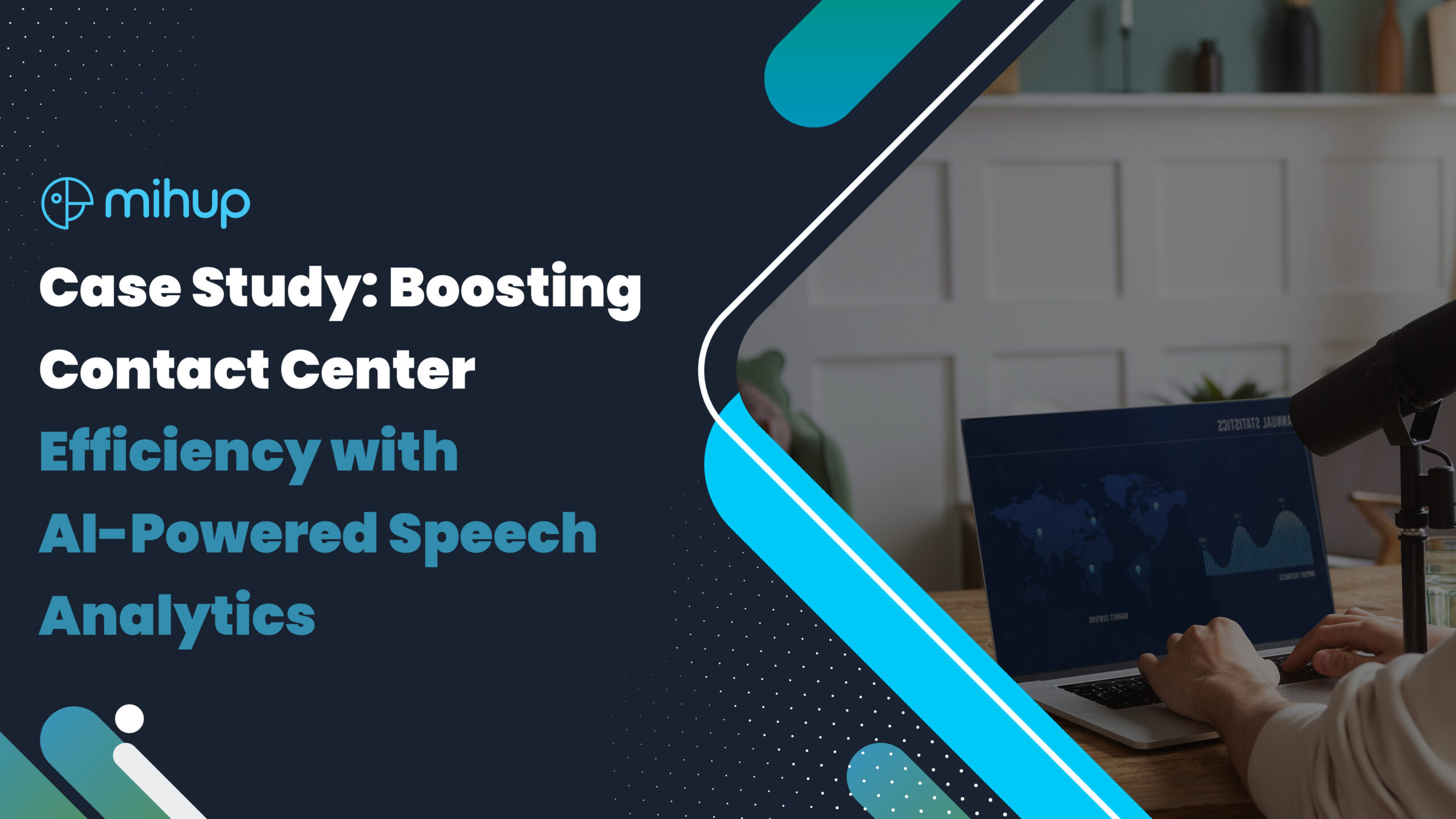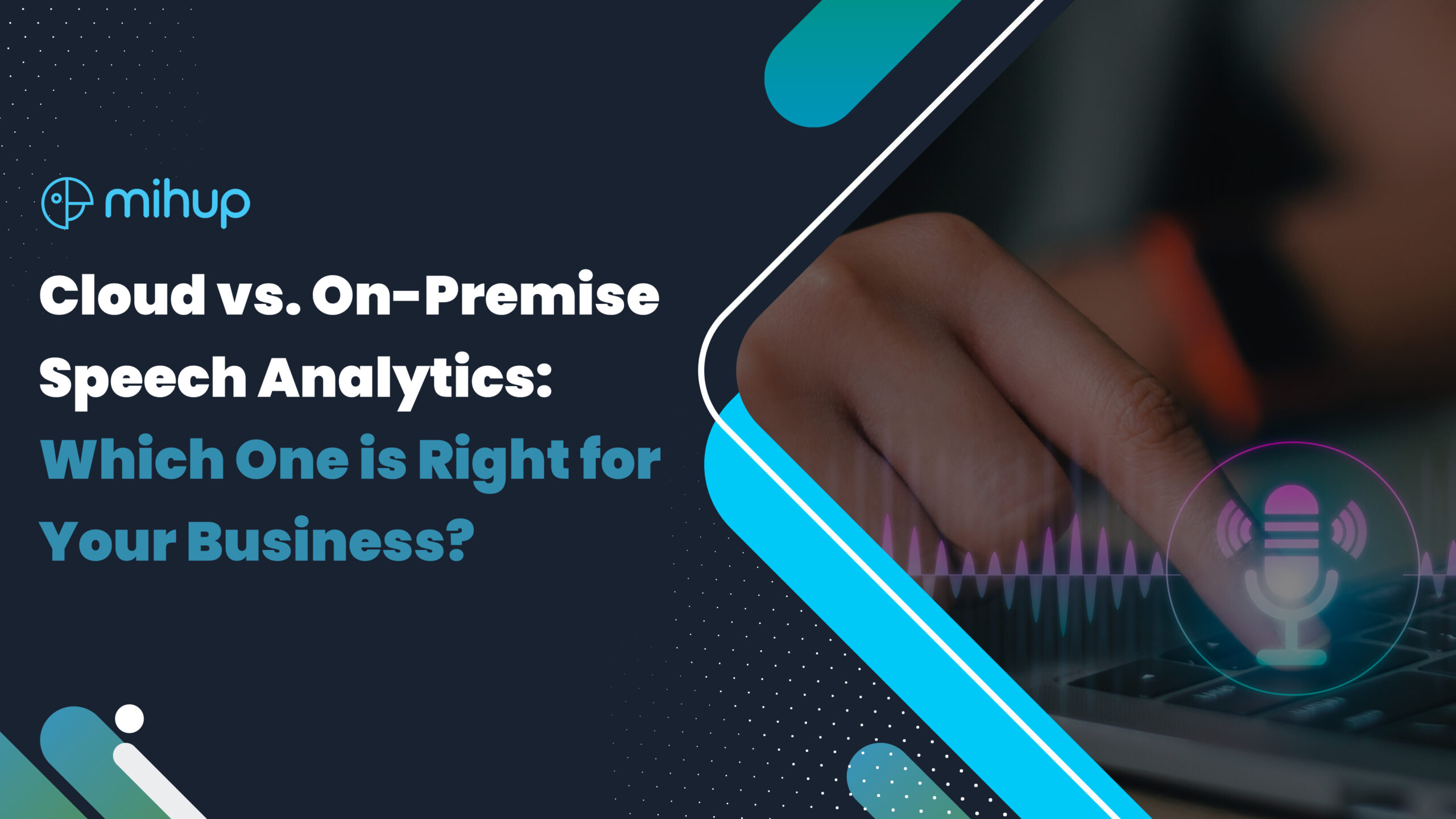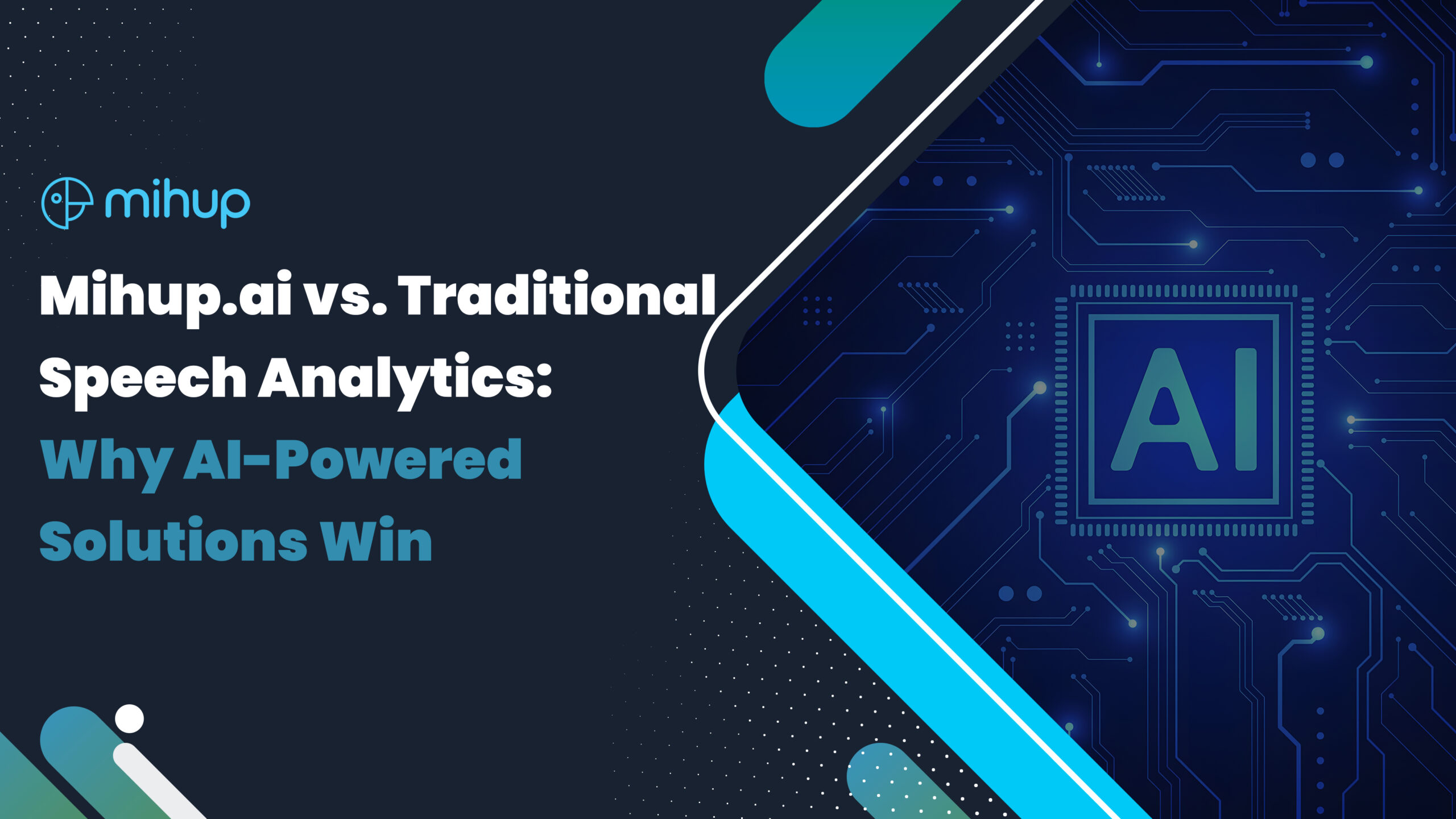Data security in today’s world has become a paramount concern for individuals and organizations alike. With the rapid advancement of technology, new tools and techniques are constantly emerging, including Generative Artificial Intelligence (AI). While Generative AI offers many promising applications, it also raises important questions about data security. The risks and benefits of integrating Generative AI into your data ecosystem and the best practices for ensuring the security of your valuable data go hand in hand when it comes to moving ahead with this technology.
The Promise of Generative AI
Generative AI, powered by deep learning models like GPT-3, has transformed the way we interact with technology. These models can generate human-like text, images, and even code, making them valuable assets in a wide range of applications, from natural language processing to content generation and creative design.
One of the most significant advantages of Generative AI is its ability to automate and enhance tasks that would be labor-intensive and time-consuming for humans. For instance, businesses can use it to draft marketing content, generate product descriptions, or even assist in software development by automatically generating code snippets.
Data Integration Challenges
Integrating Generative AI into your workflow requires seamless data integration, which can present several challenges:
Data Privacy Concerns
- Risk of Data Exposure: When you provide data to Generative AI models for training and fine-tuning, there’s always a risk that sensitive or confidential information within that data may be inadvertently exposed. This exposure can occur during various stages, such as data preprocessing, model training, or even when generating content.
- Legal and Regulatory Implications: In industries where data privacy regulations are stringent, such as healthcare (HIPAA), finance (GLBA), or legal services, mishandling of data can have severe legal and financial consequences. Violating these regulations by not ensuring data privacy compliance can result in fines, lawsuits, and damage to an organization’s reputation.
- Consent and User Data: If your Gen AI application involves user-generated content or interactions, obtaining explicit consent from users becomes imperative. Users must be informed about how their data will be used and have the option to opt-out or have their data deleted, complying with data protection laws like GDPR.
Data Quality
The quality of data used for training and fine-tuning Generative AI models is a fundamental factor that affects their performance. Here’s a closer look at this challenge:
- Data Preprocessing: Before feeding data into Gen AI models, substantial data preprocessing may be necessary. This process includes data cleaning, feature engineering, and data augmentation to ensure that the data is suitable for training. Noisy, incomplete, or inconsistent data can lead to suboptimal model outcomes.
- Bias and Fairness: Ensuring data quality also means addressing bias in training data. Biased data can result in biased model outputs, which is a significant concern in applications where fairness and impartiality are critical, such as hiring processes or automated decision-making.
Security Vulnerabilities
The security of Generative AI models and the data they process is a top priority. Let’s delve deeper into this challenge:
- Exploitable Weaknesses: Just like any other software, Gen AI models can have security vulnerabilities that could be exploited by malicious actors. These vulnerabilities might exist in the model architecture, the APIs used for integration, or the infrastructure hosting the models.
- Unauthorized Access: Security breaches could result in unauthorized access to your data or the Generative AI models themselves. If not properly protected, sensitive information may be accessed and misused by unauthorized parties.
- Data Theft and Manipulation: Hackers may target Gen AI systems to steal training data, which can be valuable or sensitive. Additionally, they may manipulate the models to generate false or malicious content, leading to reputational damage or legal repercussions.
Ethical Considerations
Ethical concerns associated with Gen AI go beyond data privacy and security. Here’s a more detailed exploration of this challenge:
- Misleading or Harmful Content: Generative AI models can generate content that is misleading, false, or harmful. This raises concerns about the potential for spreading misinformation, generating fake news, or creating content that promotes hate speech, violence, or discrimination.
- Bias and Discrimination: Ethical concerns extend to addressing and mitigating biases within Generative AI models. Failing to do so can perpetuate existing biases and lead to discriminatory outcomes in areas like content generation or automated decision-making.
- Transparency and Accountability: Ethical AI usage requires transparency in AI operations. Users should be informed when they are interacting with AI-generated content rather than human-generated content. Additionally, there should be mechanisms in place for accountability when AI-generated content has real-world impacts.
- Responsible AI Usage: Ensuring responsible usage of Generative AI technology is an ethical imperative. Organizations must establish clear guidelines, policies, and best practices for the ethical deployment of Generative AI to prevent misuse and safeguard societal values.
Data Security Measures for Generative AI Integration
To ensure the security of your data when integrating Generative AI, consider implementing the following measures:
- Data Encryption: Encrypt your data both at rest and in transit. This prevents unauthorized access to sensitive information even if there is a security breach.
- Access Controls: Implement strict access controls to limit who can interact with your Generative AI system and the data it uses. Use role-based access controls (RBAC) to ensure that only authorized personnel can access and modify data.
- Data Anonymization: Before feeding data into Generative AI models, anonymize it by removing personally identifiable information (PII) and other sensitive details. This reduces the risk of data leaks.
- Regular Audits: Conduct regular security audits to identify vulnerabilities and weaknesses in your Generative AI integration. Penetration testing can help uncover potential exploits.
- Ethical Guidelines: Establish clear ethical guidelines for the use of Generative AI within your organization. Train your employees on these guidelines to ensure responsible usage.
- Model Selection: Choose Generative AI models that have undergone rigorous testing and have a reputation for security. Models developed by trusted organizations with a focus on security and ethical AI are a safer choice.
- Secure Deployment: Ensure that the deployment environment for your Generative AI system is secure. This includes securing servers, APIs, and any other components involved in the integration.
Data Privacy and Compliance
Data privacy and compliance are particularly critical when integrating Generative AI. Depending on your jurisdiction and industry, you may be subject to regulations such as GDPR, HIPAA, or CCPA. Here are some steps to address data privacy concerns:
- Data Minimization: Only provide Generative AI models with the minimum amount of data necessary for the task. Avoid over-sharing sensitive information.
- Consent Management: If your application involves user-generated content, obtain explicit consent from users to use their data. Inform them about how their data will be used and for what purposes.
- Data Retention Policies: Implement data retention policies that specify how long data will be stored and when it will be deleted. This ensures that you are not holding onto user data longer than necessary.
- Data Access Requests: Be prepared to respond to data access requests from individuals who want to know what data you have about them. Ensure that you can provide this information promptly and transparently.
- Third-Party Data Processing: If you use third-party services or platforms for Generative AI integration, ensure that they are also compliant with data privacy regulations. A breach on their end could affect your data security.
Monitoring and Response
Data security is an ongoing process that requires constant vigilance. Implement monitoring and response mechanisms to detect and address security incidents in a timely manner:
- Anomaly Detection: Set up systems to monitor for unusual or suspicious activity. This includes monitoring data access, system logs, and user interactions with Generative AI.
- Incident Response Plan: Develop a detailed incident response plan that outlines how your organization will respond to security breaches or data leaks. Ensure that all employees are aware of the plan and their roles in it.
- Regular Updates: Keep Generative AI models and associated software up to date with the latest security patches. Outdated software can be vulnerable to known exploits.
- User Training: Educate your employees about the latest security threats and best practices. Human error is often a significant factor in data breaches.
- Backup and Recovery: Regularly back up your data and have a robust disaster recovery plan in place. This ensures that you can recover your data in the event of a breach or data loss.
Generative AI integration can offer numerous benefits, from automating content generation to enhancing creative processes. However, it also comes with significant data security challenges. To protect your valuable data, it is essential to implement robust security measures, prioritize data privacy, and remain vigilant in monitoring and responding to potential threats.
Data security is a continuous journey, and as the landscape of Generative AI evolves, so too must your security practices. By staying informed about the latest security threats and best practices, you can harness the power of Generative AI while keeping your data secure. Remember that the key to successful integration is finding the right balance between innovation and security, ensuring that your organization benefits from Generative AI without compromising data integrity and privacy.





